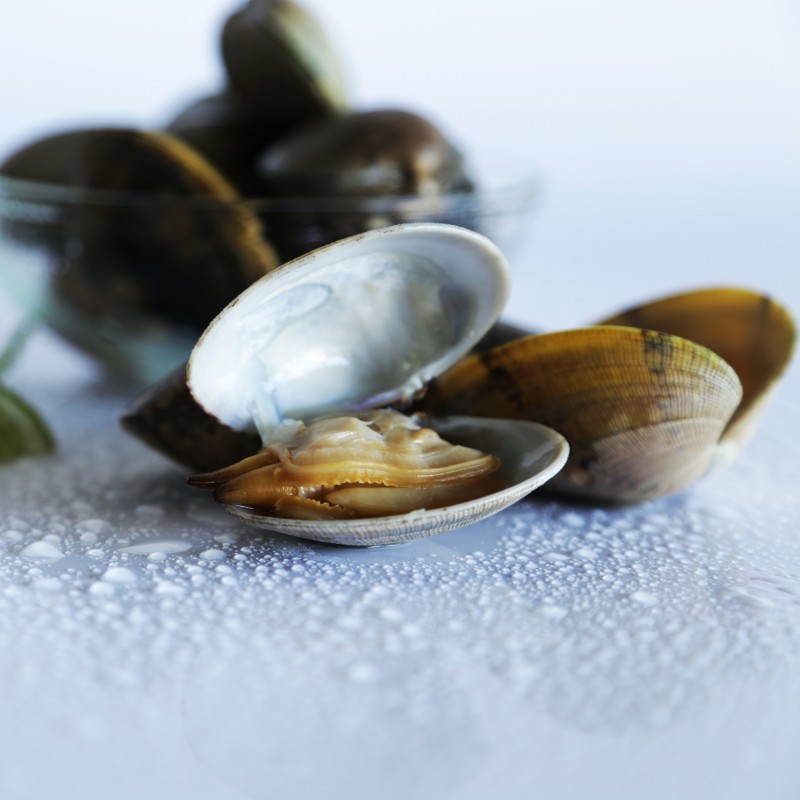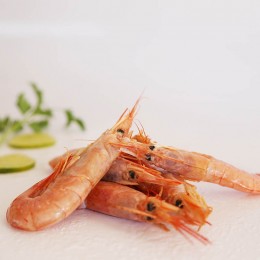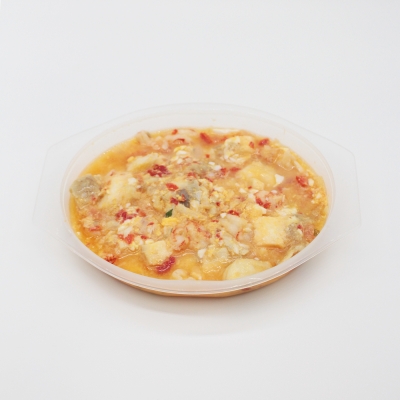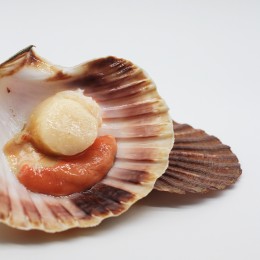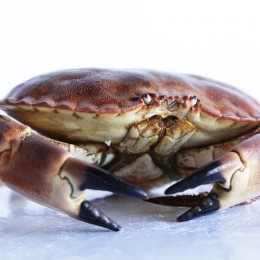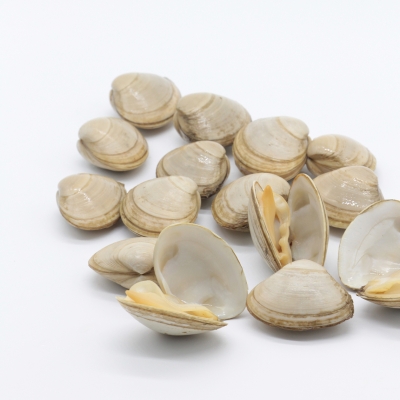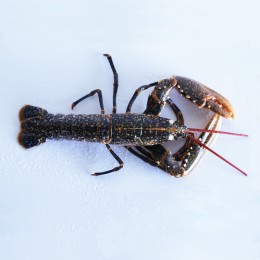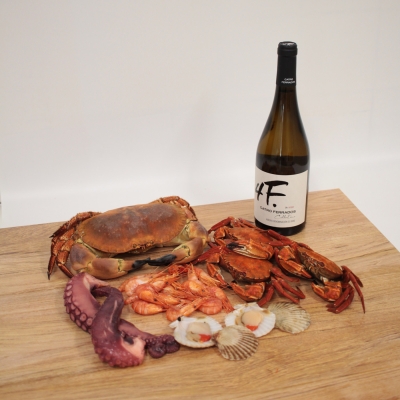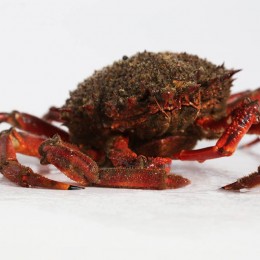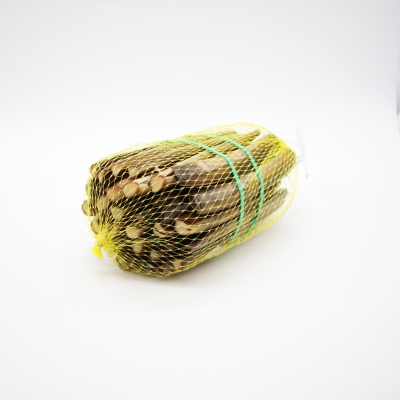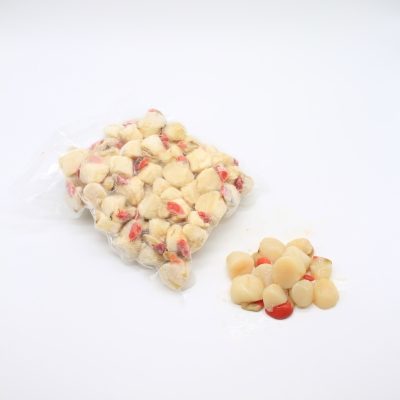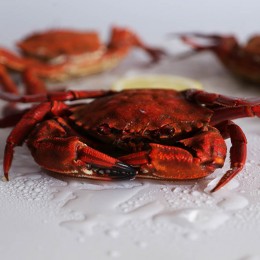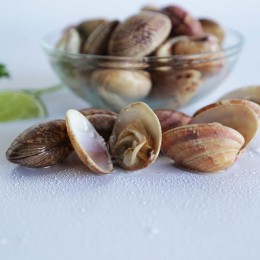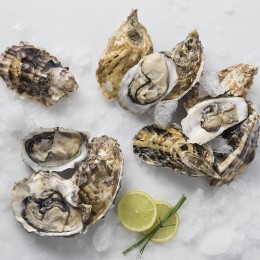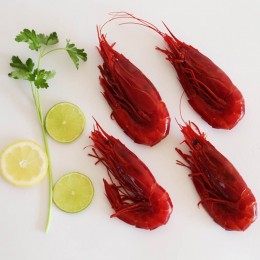The grooved carpet shell clam (ruditapes descussatus) is one of the best known in Galicia, alongside the pullet carpet shell clam, the Japanese clam, and the banded carpet shell clam. It lives in salty waters, about 5–30 cm from the surface, in sandy or muddy seabeds, where it hides and feeds on small living creatures by filtering water. All these varieties of clams have the same oval shape but vary in size and colour.
The grooved carpet shell clam is a bivalve of extraordinary quality. Its shell features both fine radiating lines and concentric lines that together form its characteristic little squares. It can survive out of the water much longer than other clams, which increases its market value thanks to a longer commercialisation cycle.
In addition to its delicious flavour, it stands out nutritionally for its high mineral (iron, potassium, selenium and calcium) and vitamin content (B vitamins, especially vitamin B12). It’s an excellent food for strengthening our immune system and boosting our defences. It’s also recommended for people suffering from anaemia.
The grooved carpet shell has the most tender clam meat and is therefore the most apt for eating raw, especially the larger sizes. Some people like to add a drop of lemon, not only for the taste, but to avoid any adverse reactions in the body, with the salubrity of seawater not always desirable.
If they’re going to be cooked, it’s best to submerge them in cold, salted water for an hour so that they open up and release any sand trapped inside. Drain and wash them well. Then check that they’re all alive. If any of them have open valves, it means that they’re dead.
